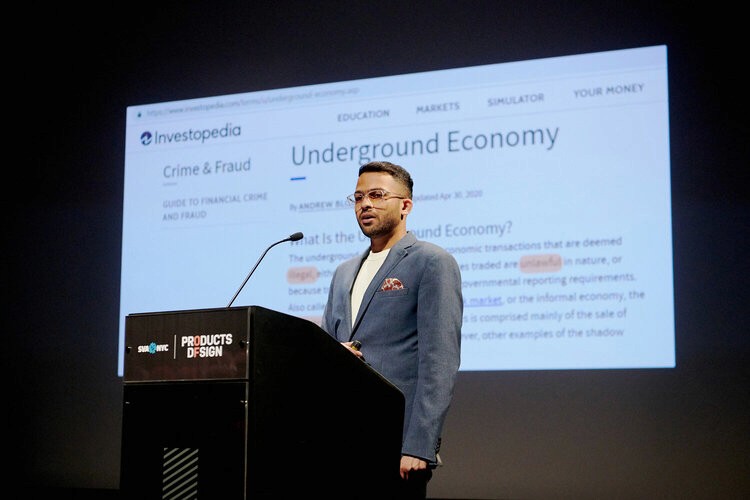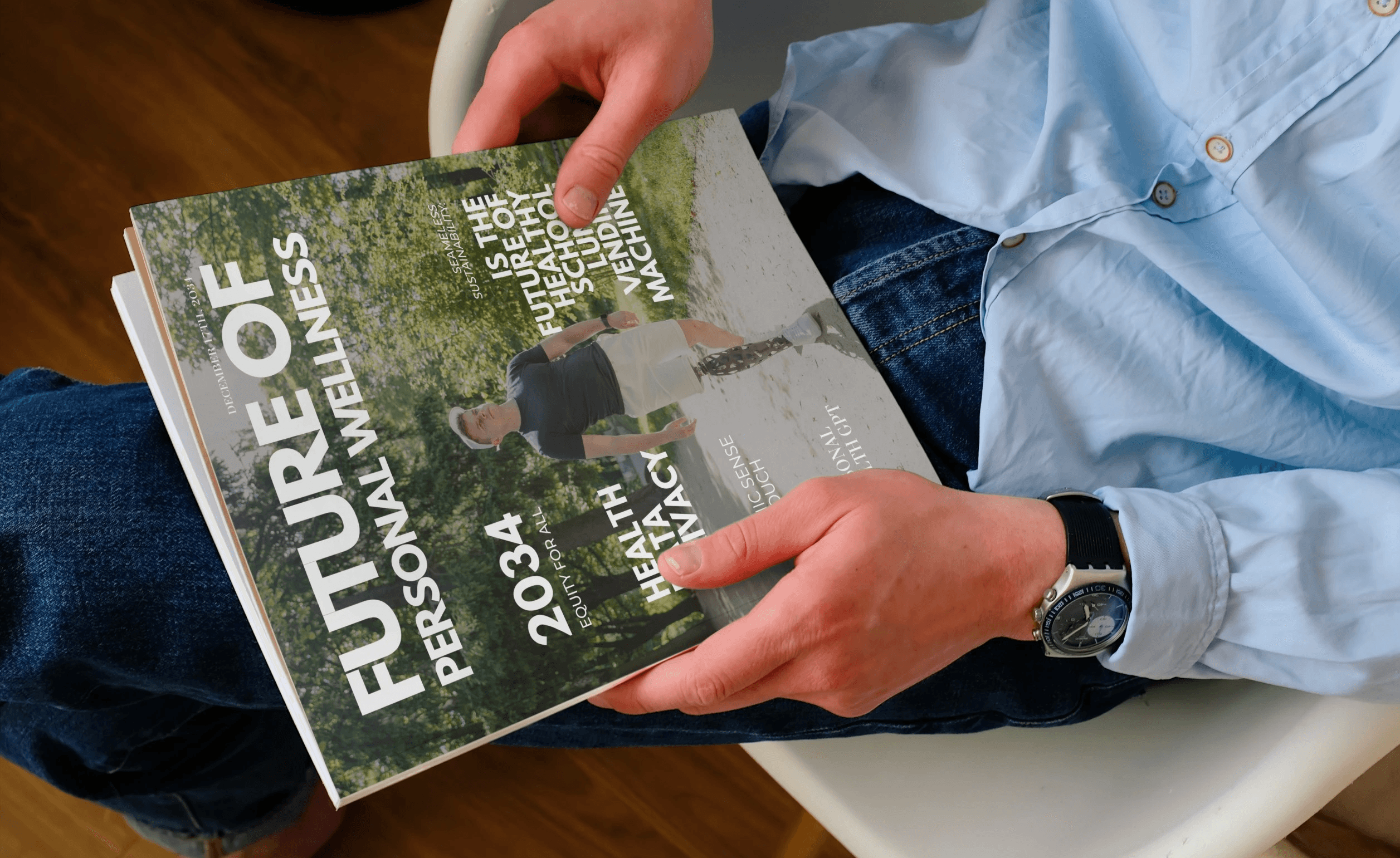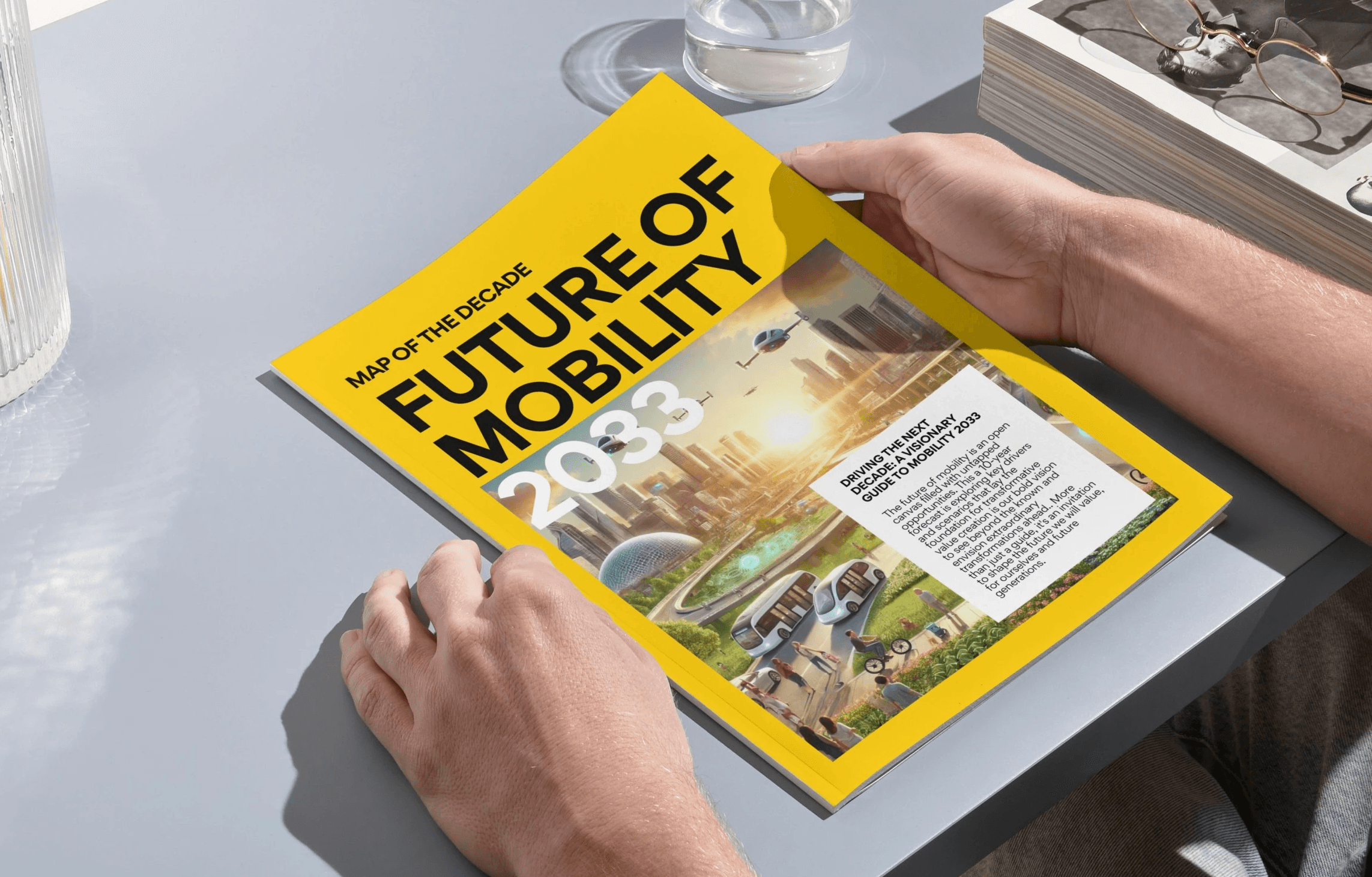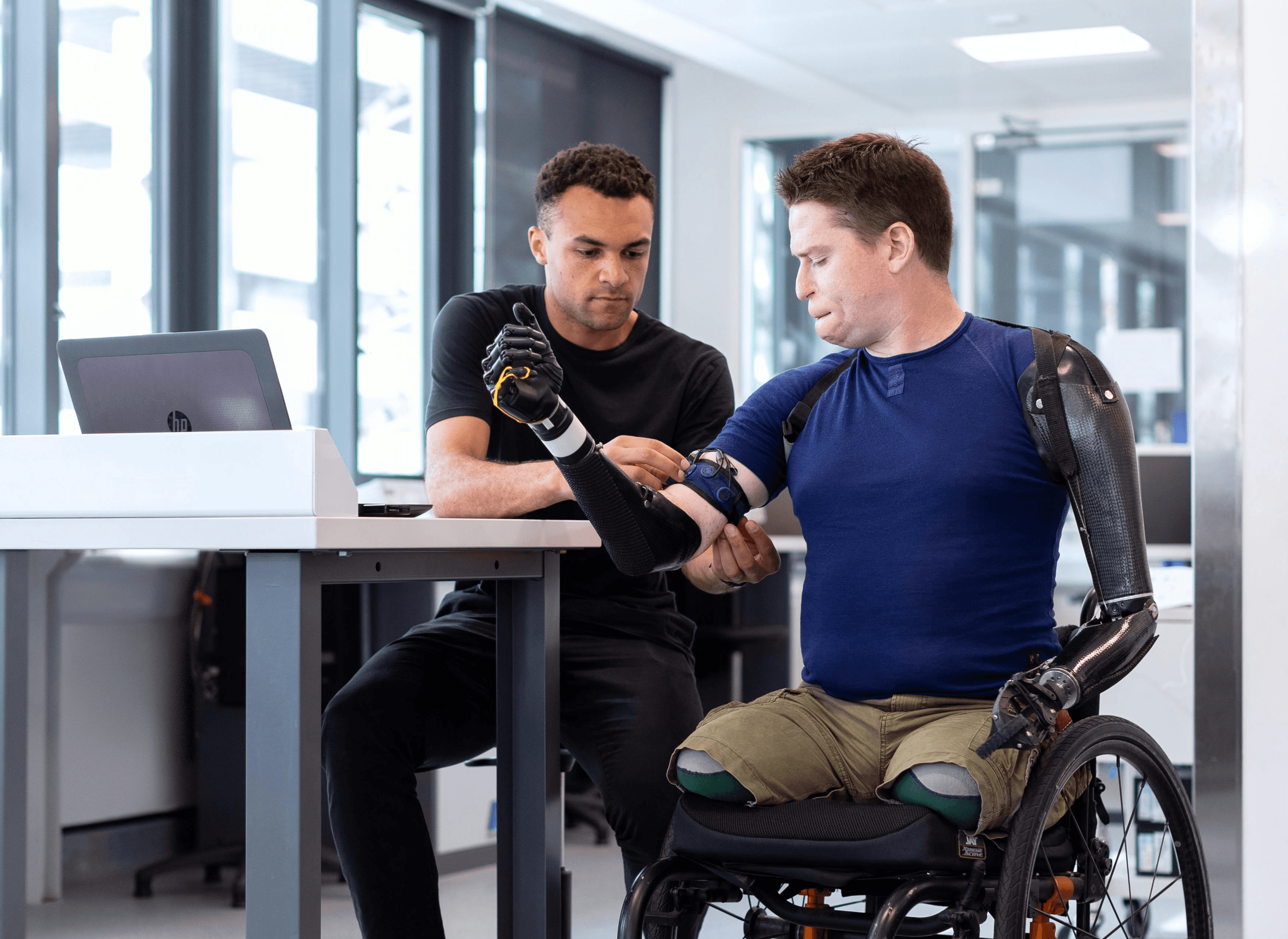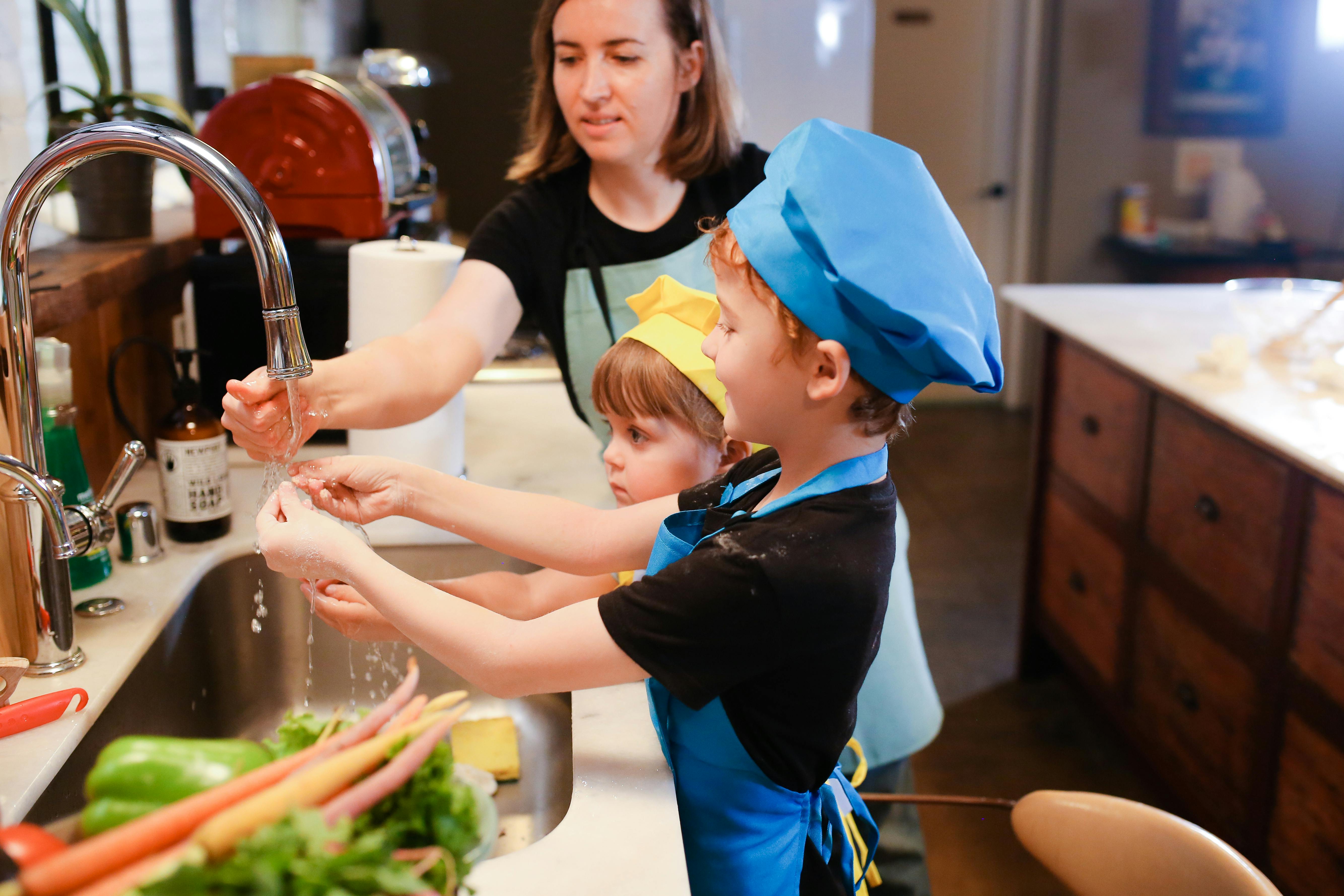Designing for the Grey Economy
A groundbreaking exploration of the grey economy that sheds light on the invisible engine of India’s informal sector.
00
Sitaution
The grey economy—a vast network of informal and unregulated activities—is the backbone of billions of livelihoods worldwide. Yet, it remains misunderstood, stigmatized, and largely excluded from formal financial systems. In India, 93% of the workforce operates outside the formal economy, navigating barriers that deny them the security, recognition, and support they deserve. The informal sector is often treated as invisible—yet it holds the potential to transform economies if its contributions are properly recognized and supported.
Task
The objective was to design tools that could address these obstacles by honoring users’ existing practices and social frameworks. My challenge was to create low-tech, inclusive solutions that empower informal workers and foster financial independence, even without digital literacy.
We have been designing for the formal sector, and we have been designing safety measures to be safe from the black market. But 2/3rds of the world's workforce gets neglected in this—which equates to approximately two billion people. Imagine, if all the world's informal sector was built into one nation, what would its annual GDP be? Find your answer in this video.
In creating solutions for this marginalized sector, I drew on unconventional sources, including inspiration from the Mafia’s trust-driven structures, to better understand informal networks. My approach was guided by cultural sensitivity, equity-based design, and iterative development to ensure usability and impact.
Creative Research and Persona Development
I began by creating semi-fictional personas based on extensive fieldwork, capturing the diverse identities and daily challenges of informal workers. Each persona, from domestic helpers to street vendors, highlighted needs that informed the design principles for intuitive, culturally relevant solutions.
Drawing Unconventional Inspiration from the Mafia
Inspired by the way informal networks operate in tight-knit, trust-based systems, I considered the “Mafia Raj” concept. Just as organized networks within the mafia thrive on close, trust-driven relationships, the grey economy relies on similar social capital. I applied this insight to build design solutions that respect users' unique value systems, including tools inspired by udhar (trust-based credit) and other informal lending methods.
Equity-Driven, Iterative Design Sprints
With a focus on low-tech, inclusive interfaces, I led iterative design sprints to refine each solution’s usability, leveraging empathy-driven, equity-based design. This approach emphasized accessibility, allowing informal workers to engage confidently without digital literacy barriers.
Each product below embodies an aspect of user-centered design, meeting informal workers where they are in terms of resources, familiarity, and financial needs. The resulting tools are culturally attuned and purposefully designed for the grey economy, empowering users to build financial independence.
year
2021
timeframe
12 months
contributions
Economic Systems Research & Analysis, Financial Innovation Design, Human-Centered Solution Development, Strategic Writing & Publication.
category
Product Design
01
Imagining a future where the informal economy is recognized as an economic powerhouse, potentially contributing trillions to global GDP.
02
Introducing The Underbank—a system for building credit without smartphones or formal banks, designed for easy adoption within cultural practices.
03
Challenging policymakers, designers, and readers to rethink the future of economic inclusion—ensuring no one is left behind.
